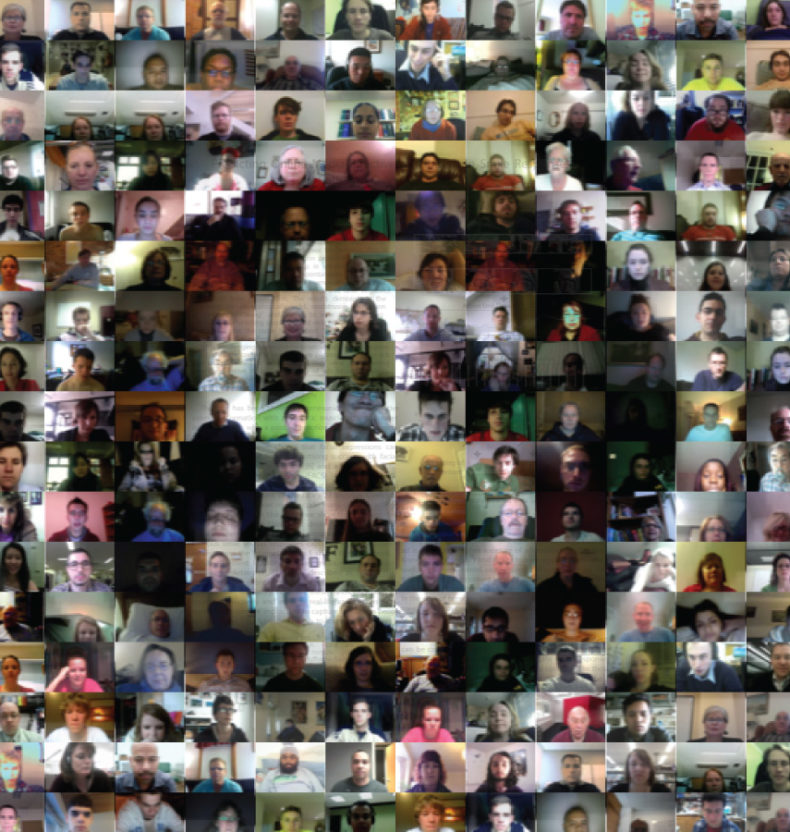
Presented at ESOMAR Congress in 2013, “Do Emotions in Advertising Drive Sales?” was the first work to use cloud-based facial coding to understand the relationship between emotions in advertising and sales effectiveness of ads.
We collected over 11,000 face videos from 1,153 panelists across 4 countries, who watched 115 commercials for which we also had sales data. The ads represented 70 unique brands in the fast moving consumer goods (FMCG) categories.
Three separate scenarios were compared using state of the art modeling techniques: analyzing only survey data, analyzing emotional data captured through facial expressions and jointly analyzing both self report and emotions. It was found that while both surveys and emotions were predictive of sales performance, facial emotion responses could complement traditional self-report methods; in this case study, boosting the discriminative power of self-reported measures by 8%.
In order to showcase the complementary information yielded by facial coding to survey, we share 3 case studies where:
- Facial responses correctly predict sales success (but self-report does not)
- Self-reported responses correctly predict sales (but facial coding does not)
- Using Facial coding with self-report boosts discriminative power
Abstract
Ads that evoke emotions keep us entertained and are more memorable, but do they really drive product sales? To answer this question, we conduct the first large-scale facial coding study to quantitatively measure people’s tacit emotional responses to ads. The high temporal resolution of facial coding yields insights into the emotional profile of a “successful” ad. Facial coding provides evidence for discrimination of sales effectiveness and could be used to complement traditional self-report methods.